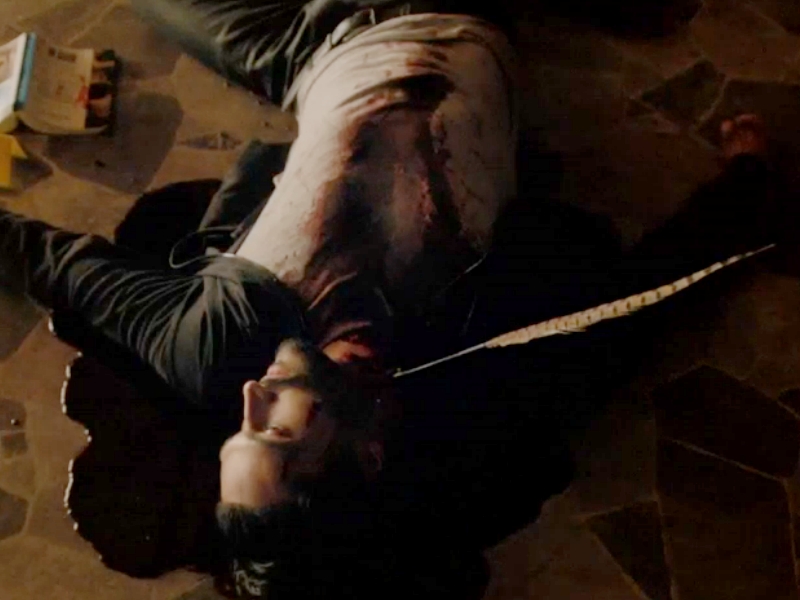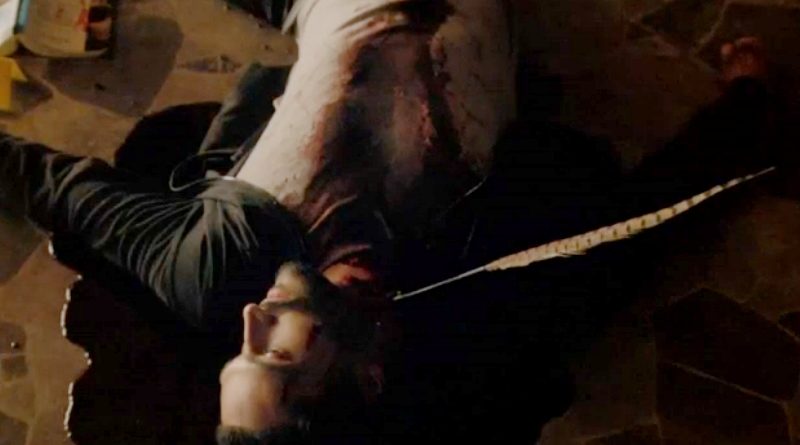How to Solve TV Mysteries Fast

Oh, the twists and turns and convoluted plots! Wait, it’s not the prime suspect, the deceased had some secret life, and you won’t believe the crazy motive! And so it goes, as TV mysteries do a deft job at keeping viewers guessing.
One problem. Too often they fall back on a pattern.
The perp is almost never the first highly suspicious character. Too obvious!
It’s usually the next person who shows up, like some afterthought, some bit player, some total innocent. The helpful assistant/family member bringing in a cup of coffee. The witness/associate who couldn’t be more cooperative, seemingly just around to fill in background for the investigators (and us). Maybe it’s the decorator/renovator, or the landlord who barely says hello. Occasionally, it’s even some creep or weirdo — especially if they’re almost immediately ruled out by some alibi, disability or instant DNA test.
Think about it. Audiences like to feel they can solve a whodunit. So they feel cheated if the killer is never seen or discussed until the end. What? It was some random drifter? Yeah, right. No fair!
Neither can Fishy Character No. 1 be the diabolical mastermind. First impressions last, and people will remember Mr. Skeevo until the end … and will feel it was all too obvious.
So while the sofa sleuths have their mental gears in motion, some innocent, unthreatening type passes by … and that’s probably your killer.
Especially if the next person of interest we meet is always highly suspicious.

Randomly, I picked a recent episode of ABC’s Castle, “Much Ado About Murder,” in which a movie star gets fatally stabbed with a quill pen late one night while practicing lines onstage for his portrayal of Hamlet.
Standing over the corpse, Detective Esposito notices some dude taking photos. He’s wearing an NYPD jacket, but this no cop! Espo grabs the phone, and has an officer grab the “dirtbag” and escort him away. He’s just sleazy and mysterious enough to start viewers wondering.
But then Detective Ryan bounces onto the escort all excited to introduce the play’s director, Erin Cherloff, who’s horrified and helpful, explaining about the play, and divulging, oh, maybe you should know that Hamlet was sleeping with the actress who plays Ophelia, who just happened to crunch his car with a baseball bat.
So it’s off to find the Next Highly Suspicious Character, who’s nutty as a fruitcake, insisting on pretending she’s the real Ophelia.

The twists and turns lead us to a drug cartel kingpin who kidnaps Castle and had plenty of motive to murder the man who was murdering Shakespeare.
But, whoa, surprise, it’s really our red-headed director, who got cut out of some movie-directing deal.
Looking backward, no way the script writer could have introduced her first. Thus, the red herring of the photo-snapping “dirtbag.”
Of course, there’s no hard-and-fast formula. Sometimes the Inconsequential Innocent will show up first (very briefly) or third (the later the harder to forget). Sometimes the count is unclear, confused by other bit players (a doorman, a secretary, a chauffeur). Sometimes Suspect No. 1 will be the central focus, then be ruled out entirely for some airtight reason, only to turn out to have had some other means/motive/method.
Guess I should start keeping score, to make sure my first suspicions ring true.



